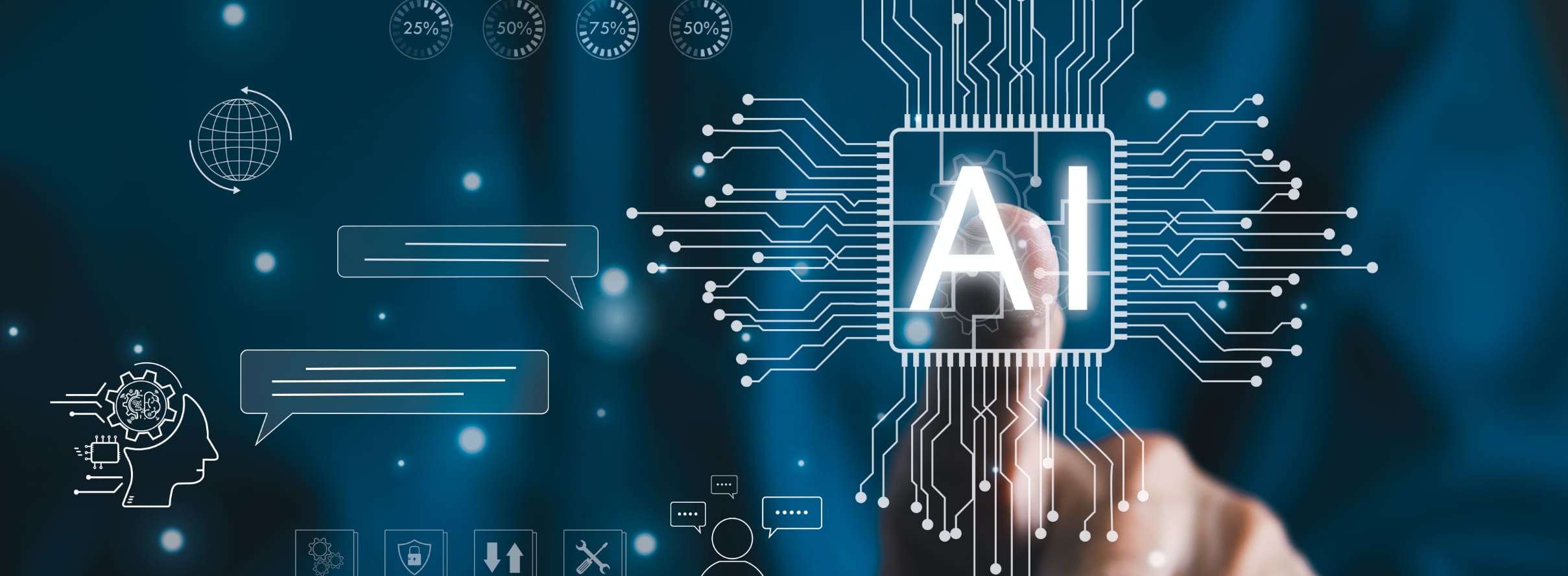Light

Data is the new superfood that businesses feed on – not just to survive, but to thrive.
This superfood is continuously being generated and never stops growing. As of 2024, there are approximately 5.45 billion internet users globally – all potential customers in a connected digital marketplace. Think about how much data these billions produce every single day.
Businesses that can effectively harness even a fraction of this data stand to reap enormous rewards. But this superfood in its raw, unrefined, unstructured form, while theoretically valuable, isn’t useful for informing business decisions. So, it’s imperative that organizations adopt a data modernization strategy to gain actionable intelligence from their data.
Is it Time to Modernize Your Data Estate?
If you’re not already using your enterprise data to inform your actions, it’s time to modernize your data estate. An advanced data estate can break down existing data silos, analyze large amounts of data and extract value.
Your data estate should help you recognize what’s happened, understand why and help you predict what will happen next. It can figure out the right steps to take to course-correct or improve your business decisions.
Today’s volume of data is rendering traditional data architectures outdated and ineffective. They just weren’t built to manage or derive insights from the current magnitude of information. A modern data estate, though, can help businesses better understand customer behavior, tweak experiences to fit consumer expectations and meet business targets more efficiently.
The Risks of Not Modernizing Your Data Platform
A modern data platform should be scalable and ever-ready to embed new data innovations like AI and machine learning. It should be modular, extensible, flexible, secure, cost-effective and well-governed. If it’s not all these things, you’re likely spending too much, getting too little and running significant risks.
Some of the risks of remaining stagnant and not upgrading your data estate include
-
High costs and lack of support. As technology reaches the end of its life, software and hardware will no longer be supported by external vendors. When this happens, businesses will face significant performance, compliance, regulatory and security issues. Patching together multiple aging systems to address these challenges will add cost but do little to ultimately fix the problems, and businesses can face a great deal of cost and lead time to completely upgrade on-premises legacy systems. Instead, timely investments in technology to manage modern data needs can mitigate these potential issues.
-
Constrained performance. Don’t force your people to act on ineffective or incomplete data. A legacy data estate will make it impossible to compete with businesses who already have modern data estates and strategies. Outdated data systems will also prevent you from taking advantage of new services and workloads like Machine Learning (ML) or streaming of Earth Observation (EO) data.
-
Regulatory and compliance issues: As data continuously grows and evolves, so do the regulatory and compliance norms that govern them. The longer you stay with your soon-to-be obsolete data platform, the harder it becomes to meet compliance requirements. And, with mandatory regulations like GDPR in place, compliance requirements must be strictly met.
-
Lack of data insights: Legacy systems have trouble handling a large volume of data and struggle to extract meaningful insights from it. As a result, your people can’t access data promptly and don’t have the necessary insights to make strategic business decisions in a timely manner.
-
Limited storage: Data is pouring in every second and it’s filling your legacy system to the brim. To work around this issue and make space, move your historical data to a more scalable and cost-effective storage technology, like the cloud.
-
Budget constraints: The costs of maintaining legacy systems are high, and shrinking IT budgets have made legacy systems unsustainable in the long run – especially when there are much more cost-effective and valuable solutions available.
Data-driven Change is Inevitable
As data continues to grow, so does the need to upgrade your data estate to align with today’s demands and ensure you are realizing the full potential of your enterprise data.
If you’re looking for a new data partner, Material can help you define your business use cases around data, assess the current state of your platform and identify the challenges you’re facing. Based on your unique needs, we’ll develop a modernization strategy that will get your data estate up to speed quickly and efficiently.


